Frei Otto named as 2015 Pritzker Prize laureate, one day after his untimely death
By Bustler Editors|
Tuesday, Mar 10, 2015
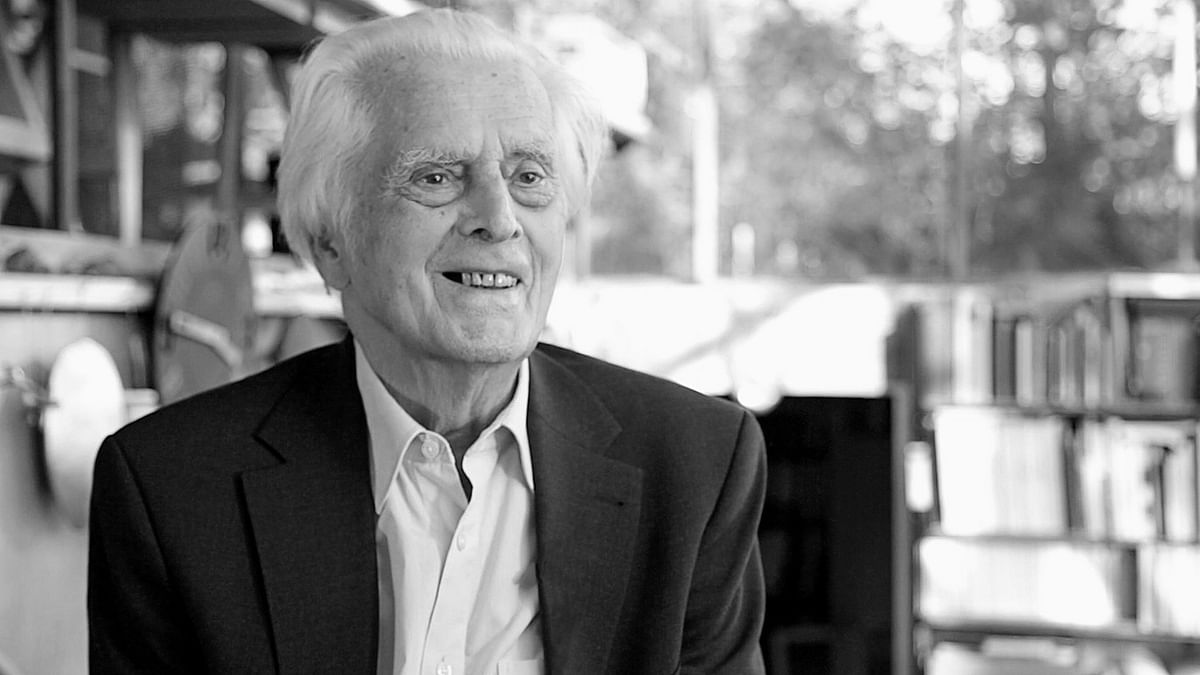
Related
In an impromptu announcement, the late German architect Frei Otto was revealed as the 2015 Pritzker Prize laureate. Established by the Pritzker family of Chicago in 1979, the prestigious prize is regarded as "the Nobel Prize" in the architecture profession.
Best known for his lightweight structural style and his collaborative, holistic approach to architecture, Otto -- who had sadly passed away on March 9 -- is the 40th laureate of the Pritzker Prize and the second laureate from Germany. Past recipients in recent years include Shigeru Ban (2014), Toyo Ito (2013), Wang Shu (2012), Eduardo Souto de Moura (2011), SANAA (2010), and Peter Zumthor (2009). Laureates receive a $100,000 grant, a formal citation certificate, and a bronze medallion based on the designs of famed Chicago architect Louis Sullivan.
The 2015 award ceremony will be held in Miami Beach at the New World Center -- which was designed by 1989 Pritzker Prize Laureate Frank Gehry -- on May 15. This will be the first time the Pritzker Prize ceremony will take place in Miami.
Read more about Frei Otto below.
"The Jury of the Pritzker Architecture Prize selected Mr. Otto as the laureate earlier this year, and shortly thereafter the Executive Director of the prize traveled to Otto’s home and studio in Warmbronn, Germany, near Stuttgart, to deliver the news in person. Learning that he had received the Pritzker Prize, Mr. Otto said: “I am now so happy to receive this Pritzker Prize and I thank the jury and the Pritzker family very much. I have never done anything to gain this prize. My architectural drive was to design new types of buildings to help poor people especially following natural disasters and catastrophes. So what shall be better for me than to win this prize? I will use whatever time is left to me to keep doing what I have been doing, which is to help humanity. You have here a happy man.'”
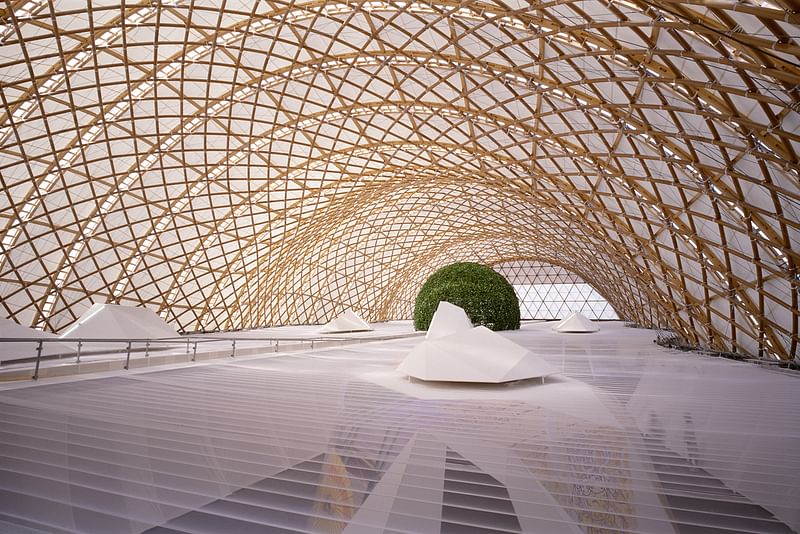
"Mr. Otto is best known for the roofing for the main sports facilities in the Munich Olympic Park for the 1972 Summer Olympics (with Behnisch + Partner and others), for the German pavilion at the 1967 International and Universal Exposition (Expo 67), the Japan Pavilion at Expo 2000 in Hannover, Germany (in 2000, with Shigeru Ban (2014 laureate of the Pritzker Architecture Prize)), a series of tent structures for German Federal Exhibitions in the 1950’s, and for his work in the Middle East."
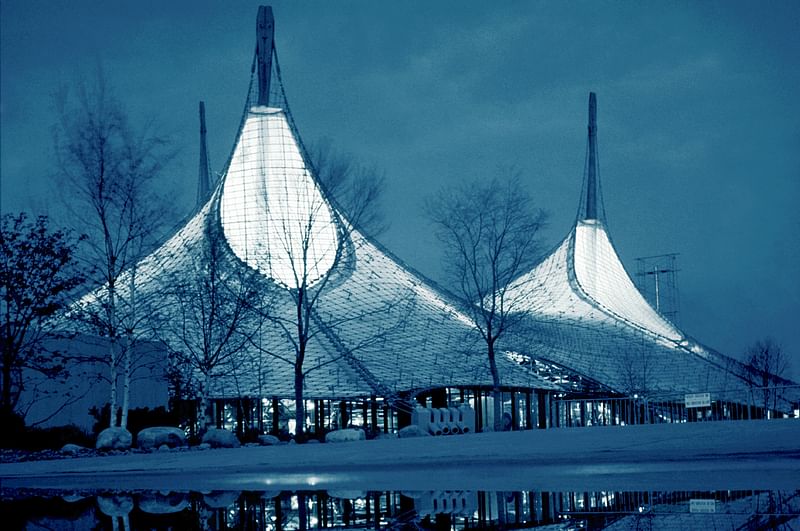
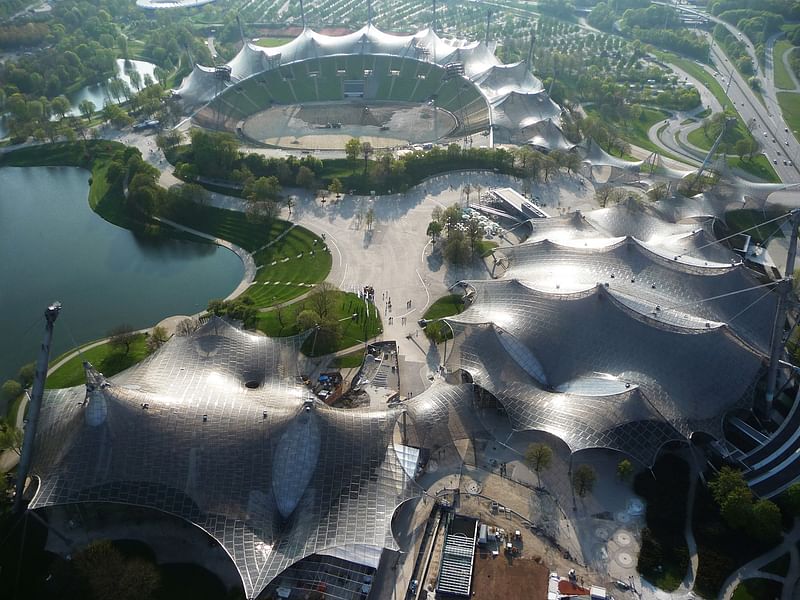
"Mr. Otto practiced a holistic and collaborative approach to architecture, working with environmentalists, biologists, engineers, philosophers, historians, naturalists, artists, and other architects. A distinguished teacher and author, Otto pioneered the use of modern lightweight tent-like structures for many uses. He was attracted to them partly for their economical and ecological values. He believed in making efficient, responsible use of materials, and that architecture should make a minimal impact on the environment. Frei Otto was a utopian who never stopped believing that architecture can make a better world for all.
In contrast to the heavy, columned, stone and masonry architecture preferred by the National Socialists in the Germany in which he grew up — Otto’s work was lightweight, open to nature and natural light, non-hierarchical, democratic, low-cost, energy-efficient, and sometimes designed to be temporary."
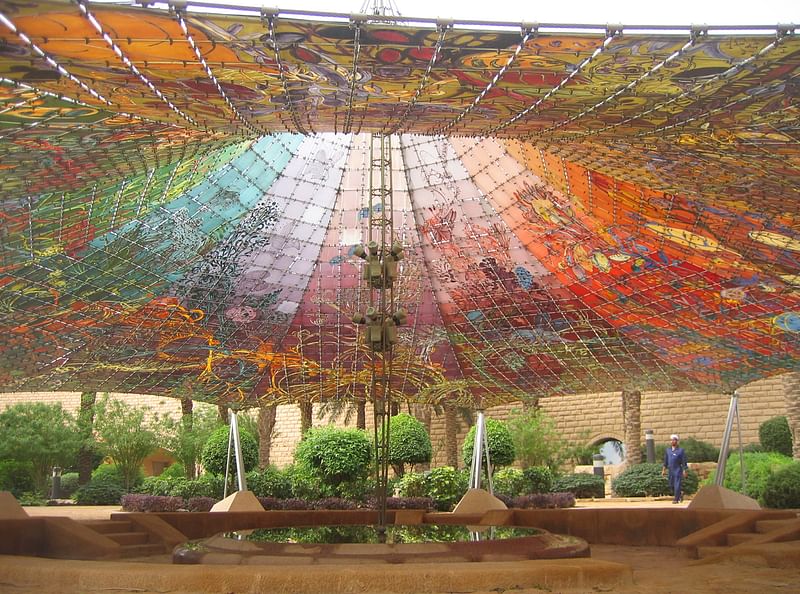
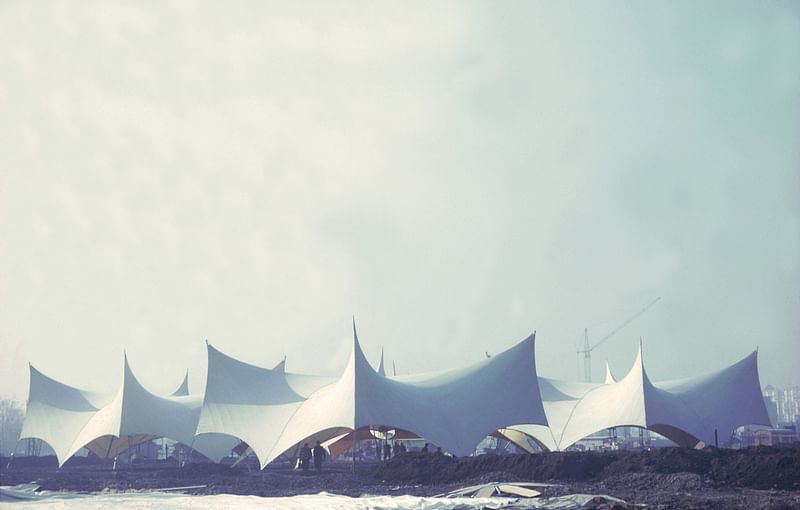
"The Chair of the jury of the Pritzker Architecture Prize, Lord Peter Palumbo, said today: 'Time waits for no man. If anyone doubts this aphorism, the death yesterday of Frei Otto, a titan of modern architecture, a few weeks short of his 90th birthday, and a few short weeks before his receipt of the Pritzker Architecture Prize in Miami in May, represents a sad and striking example of this truism. His loss will be felt wherever the art of architecture is practiced the world over, for he was a universal citizen; whilst his influence will continue to gather momentum by those who are aware of it, and equally, by those who are not. 'Frei stands for Freedom, as free and as liberating as a bird in flight, swooping and soaring in elegant and joyful arcs, unrestrained by the dogma of the past, and as compelling in its economy of line and in the improbability of its engineering as it is possible to imagine, giving the marriage of form and function the invisibility of the air we breathe, and the beauty we see in Nature.'”
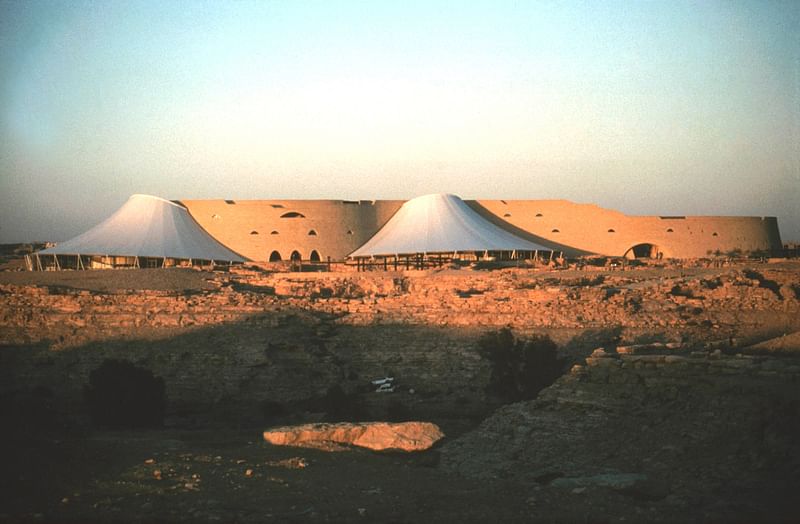
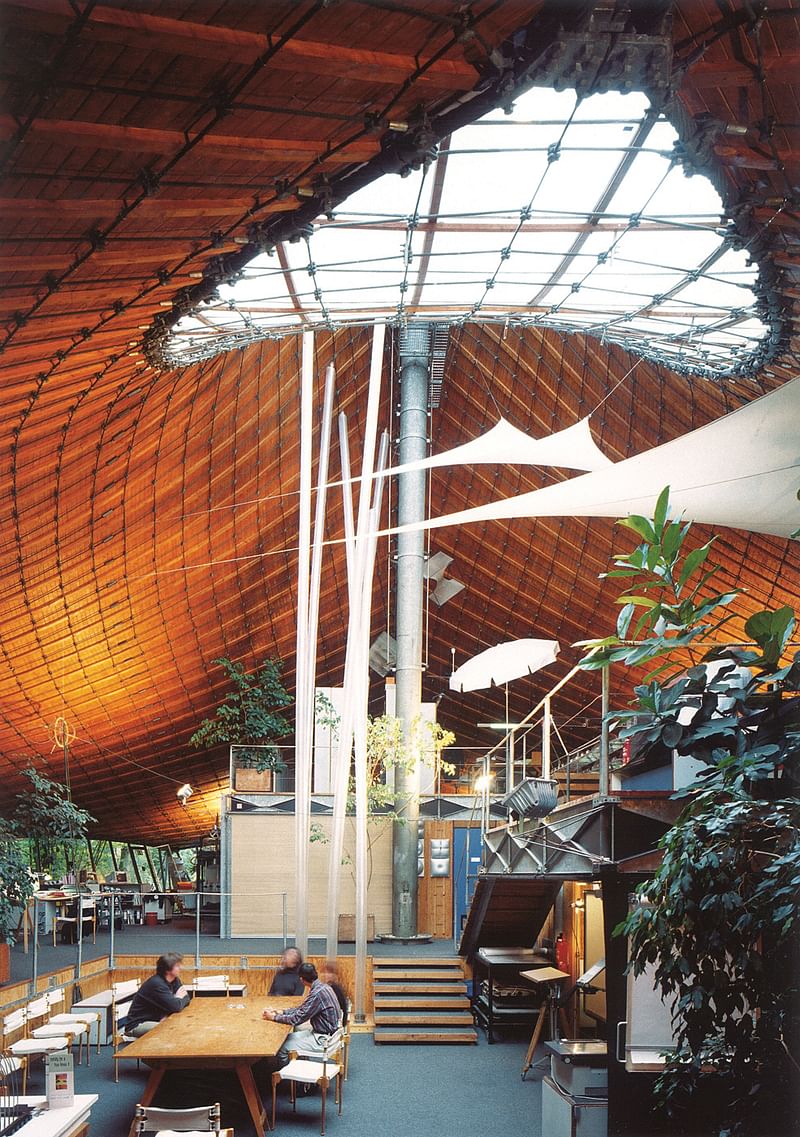
"The distinguished jury that selected the 2015 Pritzker Laureate consists of its chairman, Lord Palumbo, architectural patron, Chairman Emeritus of the Trustees, Serpentine Galleries, former Chairman of the Arts Council of Great Britain, and former Chairman of the Tate Gallery Foundation; Alejandro Aravena, architect and Executive Director of Elemental in Santiago, Chile; Stephen Breyer, U.S. Supreme Court Justice, Washington, D.C.; Yung Ho Chang, architect and educator, Beijing, The People’s Republic of China; Kristin Feireiss, architecture curator, writer, and editor, Berlin, Germany; Glenn Murcutt, architect and 2002 Pritzker Laureate, Sydney, Australia; Richard Rogers, architect and 2007 Pritzker Laureate, London, United Kingdom; Benedetta Tagliabue, architect and director of EMBT Miralles Tagliabue, Barcelona, Spain; and Ratan N. Tata, Chairman Emeritus of Tata Sons, the holding company of the Tata Group, Mumbai, India. Martha Thorne, Associate Dean for External Relations, IE School of Architecture & Design, Madrid, Spain, is the Executive Director of the Prize."

Share
0 Comments
Comment as :